Selecting the right accessories for cameras is almost more complicated than buying the camera itself. The following guide provides a brief overview of various objects and things you should not forget.
As the name suggests, the exposure meter measures the amount of light. By default, cameras have an internal light meter. This is responsible for adjusting the aperture to the measured brightness. The unit of this measurement is lux.
However, this mechanism built into the camera has its limits. To counteract this, handheld exposure meters are advisable, especially when using additional light sources. They make it possible to measure several light sources separately. With handheld exposure meters, as the name suggests, the user can measure the exposure much more precisely and, above all, more selectively. This makes it easier for photographers to make the correct setting on the camera manually.
The viewfinder of a camera is familiar to professionals and beginners alike. Through it, the photographer looks at the desired subject. Digital cameras usually have an electronic display for this purpose. With many cameras, the viewfinder is a fixed component of the device. On models with interchangeable viewfinders, it is removable and can be replaced by another type. In addition, by removing the viewfinder, it is possible to view the image directly on the focusing screen.
The prism viewfinder is a viewfinder built into SLR cameras that allows the subject to be viewed from the angle of the lens. First, the incoming image is projected through an inclined mirror onto the ground-glass screen. On this ground-glass screen, the image appears mirror-inverted. The prism ensures that the viewer does not see the image mirror-inverted.
The light-shaft viewfinder is used with cameras where the prism viewfinder is detachable and the ground-glass screen is part of the camera. The photographer can place it as an attachment on the focusing screen to keep disturbing light away from the image and to view the image with both eyes at the same time.
If you want to be prepared for all eventualities, we recommend that you think about even the most trivial things. Because even the best professional camera won't work without a charged battery, and even the most beautiful picture won't find its place if the memory card is full.
And you also need to think about replacements. For example, a spare cable can be a saviour in an emergency. Such products are indispensable, especially for data transfer and sometimes also for charging. After all, cables are constant companions of almost all electronic devices. But there are various reasons for a possible defect: Abraded spots, breakage of the plug or misuse. Every now and then it simply gets lost.
Basically, it doesn't matter for what reason the cable is not functional. The only important thing is that a replacement is available at the right moment. That way you are on the safe side. But be careful: look for compatible connections and plug types.
Specially on longer photo tours or excursions, the above-mentioned accessories are indispensable to avoid interruptions. The situation with memory cards is similar to that with rechargeable batteries. Storage space is just as important as sufficient battery power. Spare cards are particularly advisable if you tend to work with lower-capacity cards. These should ideally have a fixed place in the camera bag.

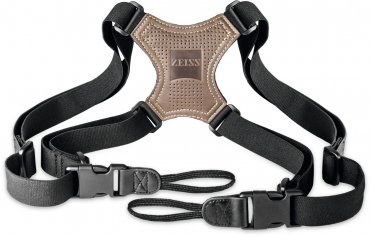
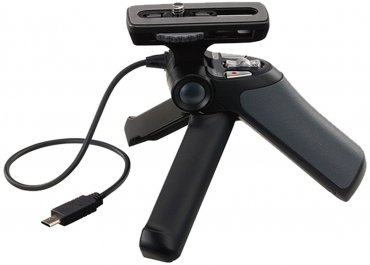
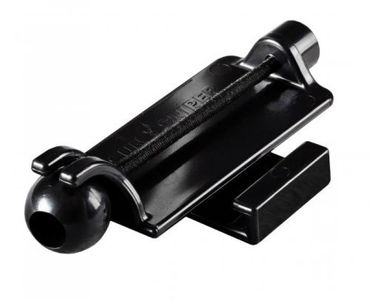
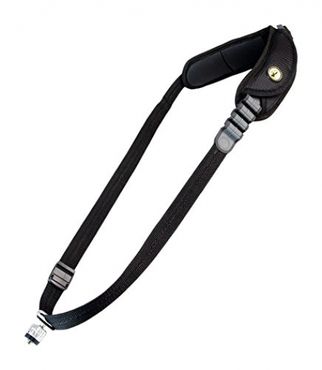

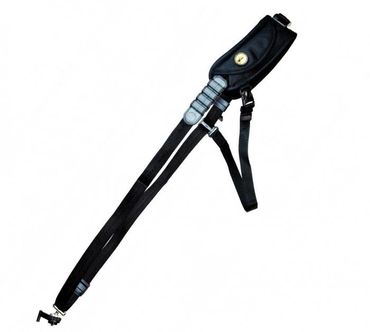
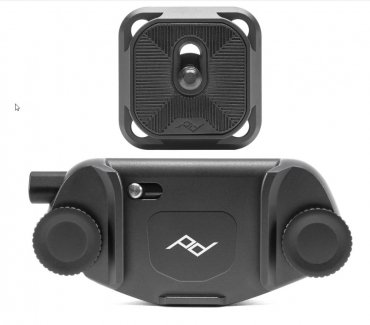
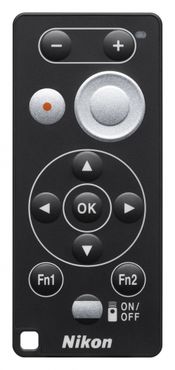

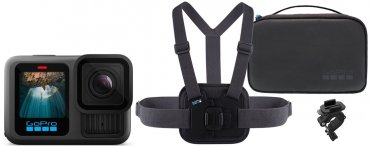
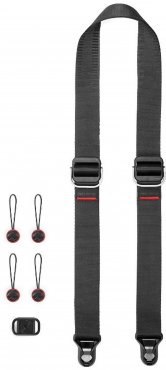
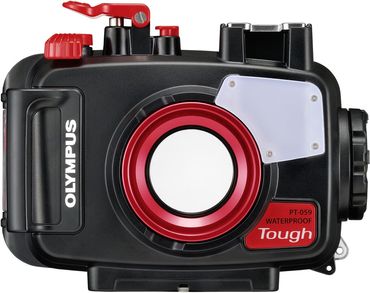
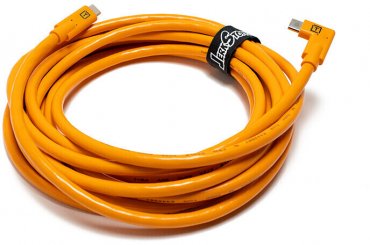
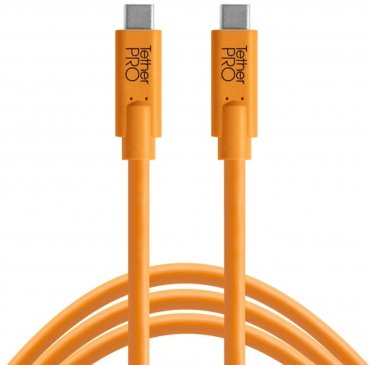

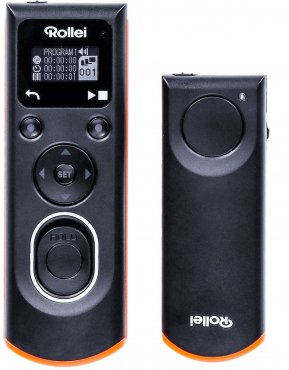

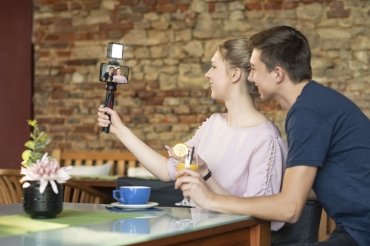
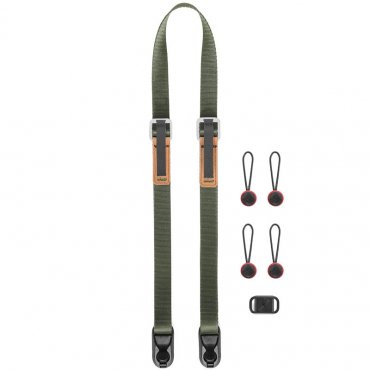
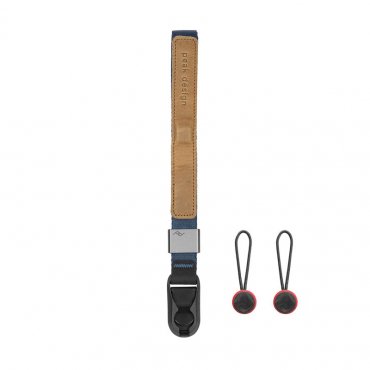
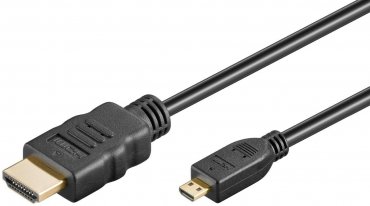
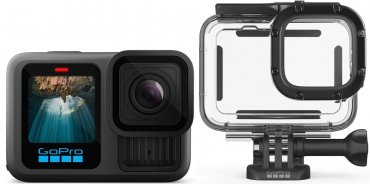
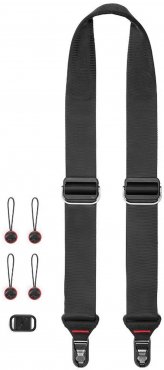
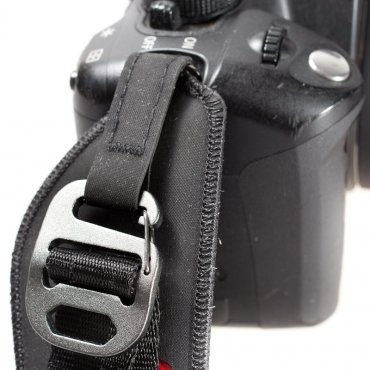
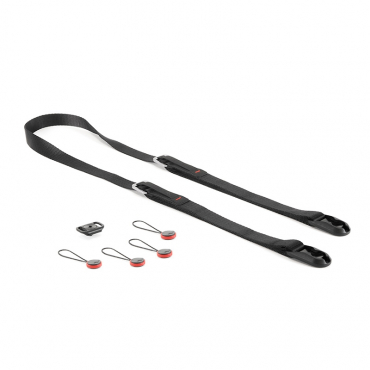
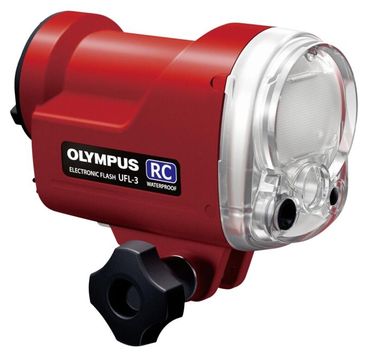

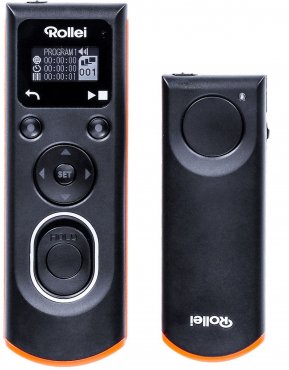
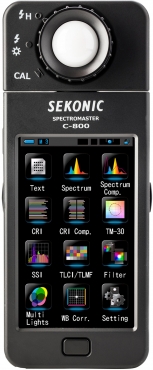
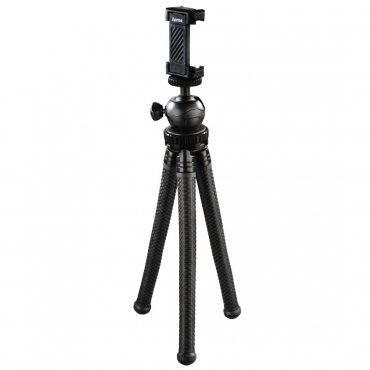

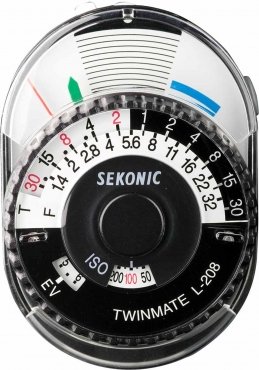
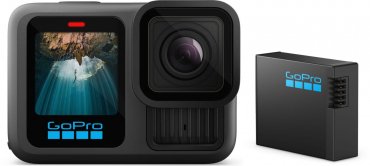
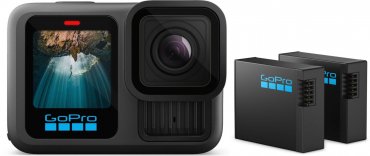

Simply subscribe and benefit as a newsletter recipient every week: